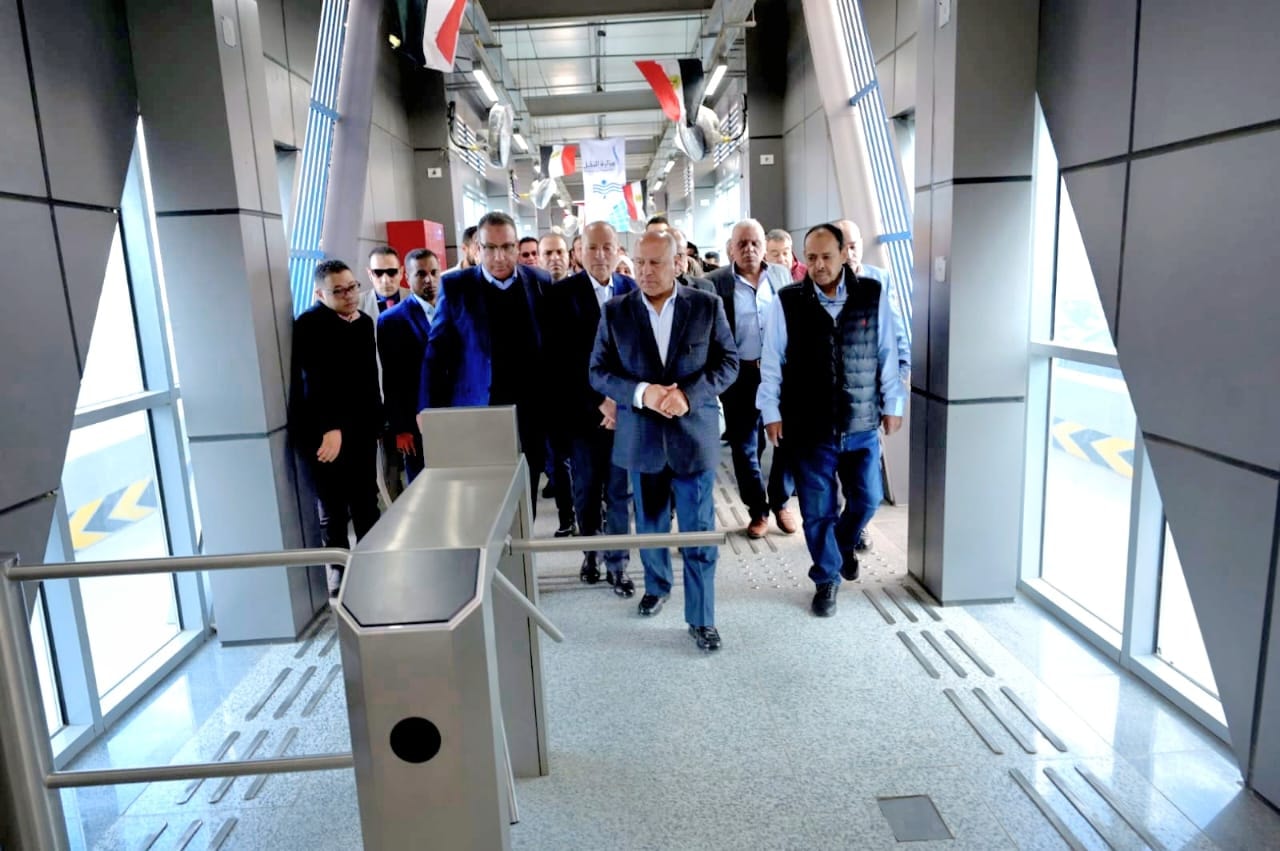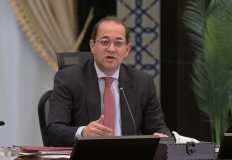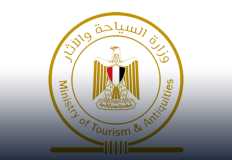
Lieutenant General Engineer Kamel El-Wazir, Deputy Prime Minister for Industrial Development and Minister of Transport, conducted an inspection tour Sunday morning to assess the readiness of the first phase of the Bus Rapid Transit (BRT) project. He was accompanied by Dr. Ibrahim Saber, Governor of Cairo, Major General Maged Abdel Hamid, Deputy Minister of Transport for Land Transport, Major General Tariq Abdel Gawad, Chairman of the General Authority for Roads and Bridges, the leadership of the Authority, the heads of the implementing companies and the project consultant.
The tour is a part of the ongoing monitoring of projects implemented by the Ministry of Transport and the preparations and readiness of the Ring Road around Greater Cairo, the BRT project, and the stations of Metro Line 4 near the Grand Egyptian Museum area, ahead of the museum's opening on July 3.
The Minister and his companions inspected
the work sites of the second phase of the ring road development project around
Greater Cairo.
The tour began with an inspection of the
stations in the first phase of the BRT project, which totals 14 stations: Adly
Mansour Station; two surface stations at a pedestrian bridge (Bahtim and the
Police Academy); and 11 surface stations at a pedestrian tunnel (Alexandria
Agricultural, Sharqia, Shoubra Benha, Mostorod, El-Khosoos, El-Marg, El-Qalag,
Zakat Foundation station, Lieutenant General Ibrahim El-Orabi, El-Salam, and
Suez Road). These represent a portion of the project's total 48 stations across
three phases.
During the tour, the BRT system was
reviewed, including how the project's stations are connected to the stops
located under the Ring Road, which serve commuters coming to and from the road.
Passengers were also briefed on how to reach the stations from these stops,
whether via pedestrian bridges, tunnels, or even by BRT. They also reviewed the
waiting areas within the stations, ticketing methods, and the bus's electronic
gates.
The Minister emphasized the regulation of
pedestrian traffic from the Adly Mansour BRT station to the Adly Mansour
Central Interchange Station, facilitating passenger access to the Light Rail
Transit (LRT), Metro Line 3, the Adly Mansour-Suez Railway, and the Superjet
bus station.
Minister Al-Wazir stated that 100
Egyptian-made electric buses, with a 66-passenger capacity, will service the
first two phases of the Ring Road BRT project, accommodating 3,200 passengers
hourly in both directions. This initiative supports President El-Sisi's policy
of localizing industries, including bus production, and eliminating foreign
imports.
He explained that the BRT system will
operate with a three-minute headway, translating to 20 buses per hour, and a
90-second headway during peak travel times.
The Minister subsequently inspected the
second phase of the project, which encompasses 21 stations between Field
Marshal Tantawy and the Fayoum intersection, including stations along the
Mariouteya-Haram-King Faisal-Tersa axis and the Grand Egyptian Museum on the
Alexandria Desert Road.
Minister Al-Wazir directed the completion
of all stations in the second phase by May 30.
It is worth noting that the BRT project around
Greater Cairo includes 48 stations, in addition to parking, a main charging
station, and three subsidiary charging stations.
It will be operated in three phases: the
first phase has 14 stations and includes the distance from the Cairo-Alexandria
Agricultural Road to the Police Academy. Work is underway on the second phase
with 21 stations in the distance from Field Marshal Tantawy to the Fayoum
intersection, including 3 stations on the Mariouteya-Haram-King Faisal-Tersa
axis and the Grand Egyptian Museum station (Alexandria Desert Road). Work will
be completed on the third phase stations with 13 stations in the distance from
Alexandria Agricultural Road to Alexandria Desert Road, and the expansion will
be completed in that distance.
The Minister also followed up on the
progress of the second phase of the Greater Cairo Ring Road development project
during his tour. This phase covers the distance from the intersection of the
Ring Road with the Alexandria Agricultural Road to the intersection of the Ring
Road with the Alexandria Desert Road, passing through the Warraq Bridge. A
completely new 2.25 km bridge is being constructed north and south, alongside
the existing bridge, increasing the road's length to eight lanes in each
direction.
He also monitored the implementation of several new traffic axes currently under construction to facilitate public access to the road.





